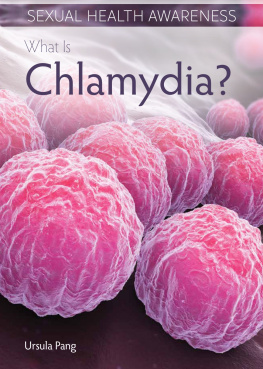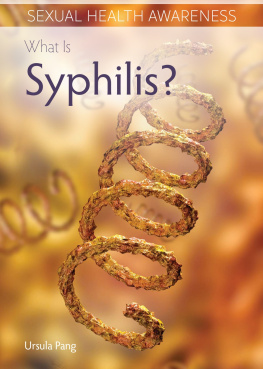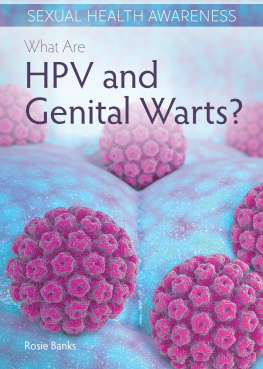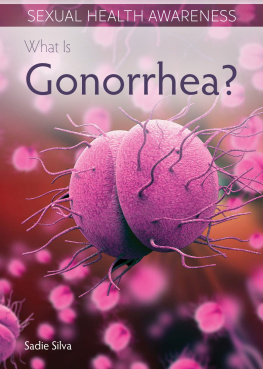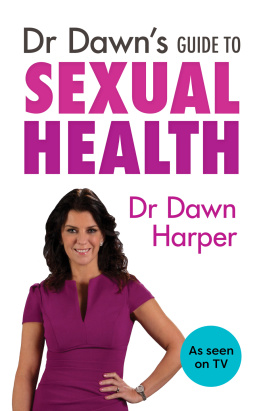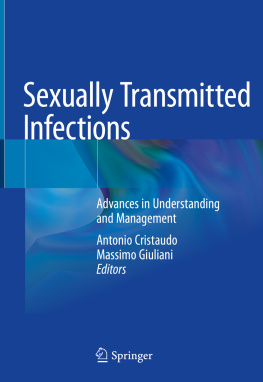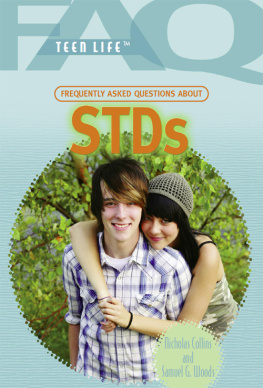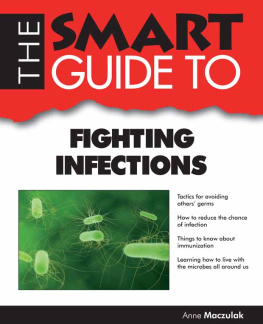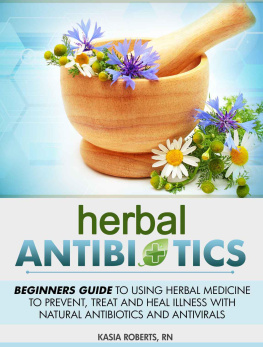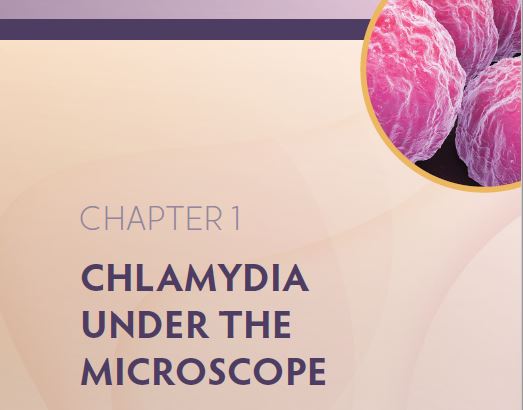Published in 2022 by The Rosen Publishing Group, Inc.
29 East 21st Street, New York, NY 10010
Copyright 2022 by The Rosen Publishing Group, Inc.
First Edition
Portions of this work were originally authored by Erin Staley and published as HPVand Genital Warts. All new material in this edition was authored by Rosie Banks.
All rights reserved. No part of this book may be reproduced in any form without permission in writing from the publisher, except by a reviewer.
Cataloging-in-Publication Data
Names: Pang, Ursula, author.
Title: What is chlamydia? / Ursula Pang.
Description: New York : Rosen Publishing, [2022] | Series: Sexual
health awareness | Includes index.
Identifiers: LCCN 2021031847 (print) | LCCN 2021031848 (ebook) | ISBN
9781499472196 (library binding) | ISBN 9781499472189 (paperback) | ISBN
9781499472202 (ebook)
Subjects: LCSH: Chlamydia infections. | Chlamydia. | Sexually transmitted diseases.
Classification: LCC RC124.5 .P36 2022 (print) | LCC RC124.5 (ebook) | DDC 616.9/235--dc23
LC record available at https://lccn.loc.gov/2021031847
LC ebook record available at https://lccn.loc.gov/2021031848
Manufactured in the United States of America
Some of the images in this book illustrate individuals who are models. The depictions do not imply actual situations or events.
CPSIA Compliance Information: Batch #CWRYA22. For further information contact Rosen Publishing, New York, New York at 1-800-237-9932.
CONTENTS
CHAPTER 1
Chlamydia Under the Microscope
CHAPTER 2
How Chlamydia Spreads
CHAPTER 3
Preventing Chlamydia
CHAPTER 4
Testing and Treatment
CHAPTER 5
How to Cope With Chlamydia
INTRODUCTION
In the United States, teens have the highest risk of getting a sexually transmitted disease (STD) among all age groups. According to the Centers for Disease Control and Prevention (CDC), nearly half of the 26 million STD cases in 2018 occurred among people aged 15 to 24. Unfortunately, studies show that these numbers are going up. In 2019, reported STDs reached a new high for the sixth year in a row. That year, more than 2.5 million cases of chlamydia, gonorrhea, and syphilis were reported. These are just three of more than 20 STDs that have been identified.
In 2019, 1.8 million cases of chlamydia were reported in the United States. Thats nearly a 20 percent increase since 2015. Chlamydia is technically called a sexually transmitted infection (STI). U.S. teens are at high risk for getting it, and its the most common STI caused by bacteria in the United States. It also affects millions all over the world.
Chlamydia is caused by a sneaky bacterium that hides inside cells in the infected persons body, where it is out of reach of the bodys immune system. Quite often, the infected person exhibits no symptoms at all. The bacterium settles in, copies itself, and hides again. This can eventually cause serious complications that can result in blindness, infertility, and newborn death. Also, a symptom-free person can pass the infection on to sex partners without knowing they even have it.
Fortunately, testing is readily available, and treatment cures the infection. Testing involves painless lab tests including a urine sample or a cell specimen from the genitalia. Treatment with a short course of antibiotics gets rid of the infection and prevents harmful complications. The challenge is knowing whom to test and treat. The only indication that someone is at risk for chlamydia is that they are engaging in unprotected sexual activity. Condoms greatly cut the chance of transmitting chlamydia. The CDC reports on condom usage show that nearly half of the people (aged 15 to 44) questioned said that they use condoms none of the time. Government researchers think that the acquired immunodeficiency syndrome (AIDS) epidemic and publicity about human immunodeficiency virus (HIV), the virus that causes AIDS, spurred the increase in condom use in the 1990s. Now that the publicity about AIDS and HIV has died down, condom use has as well.
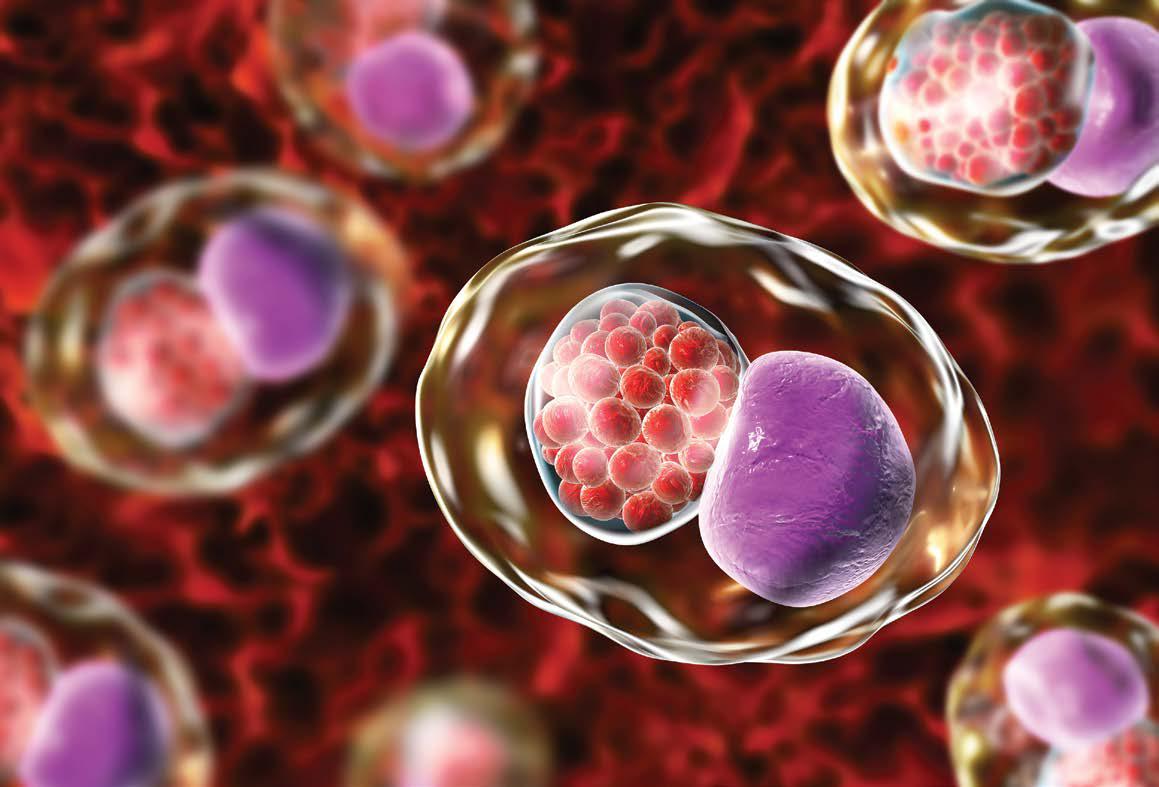
Chlamydia bacteria (small red spheres) hide inside host cells andstart replicating.
Other preventive methods include carefully choosing and limiting the number of sexual partners. Sexually active people are safest in a monogamous relationship with a healthy partner. The more partners, the greater the risk of infection. Even if chlamydia is identified and cured, the infection creates embarrassing situations. Teens may be reluctant to discuss their sexual behavior with parents and doctors. And although talking with sex partners about their need to be tested and treated is essential, its not easy to do.
Teens who think theyve been exposed to chlamydia have many resources easily available to get more information, find a testing center, and acquire medication, without the need for parental consent or notification. Many organizations are ready to help, from online chat rooms and forums to agencies that help locate public health offices.
C hlamydia is the most common bacteria-caused STI in the United States. According to CDC estimates, in 2018 there were four million cases of chlamydia. Two-thirds of those cases were young people aged 15 to 24. The good news is that chlamydia can be cured. The bad news is that you may not know you have it. Chlamydia infects both men and women, but 50 percent of infections in biological females and 75 percent of infections in biological males produce no symptoms at all.
The bacterial parasite Chlamydia trachomatis ( C. trachomatis) can infect the genitals, throat, rectum, and eyes. It is spread during sexual contact with someone who has it. Mothers can also pass it to their children during childbirth.
The C. trachomatis life cycle has two phases. First, a C. trachomatis bacterium attaches to a host cell. This is called the elementary body. The elementary body begins the infectious part of the cycle. It attaches to the outside of the host cell. Chlamydia carries proteins on its surface that are nearly identical to proteins in the host cell. This tricks the cell into believing the bacterium isnt a threat. The host cell absorbs the elementary body inside a vacuole, which is a space inside the cell surrounded by a separate membrane from the host cells wall.
Once inside the cell, the elementary body grows to a larger form and becomes more active. During this second stage of its life cycle, the bacterium produces chemical changes that provide enough energy for the parasite to rapidly make copies of itself. These processes depend on nutrients from the host cell, which is why C. trachomatis is classified as a parasite.
After copying itself, the life cycle begins again with new elementary bodies. These new bodies spread either by destroying their host cell (which is called lysis) or by combining the vacuoles membrane with the host cells membrane. Chlamydia can spread very quickly, but symptoms dont appear right away, or at all. Throughout its life cycle, the parasite uses the immune system to stay hidden and to reproduce.

